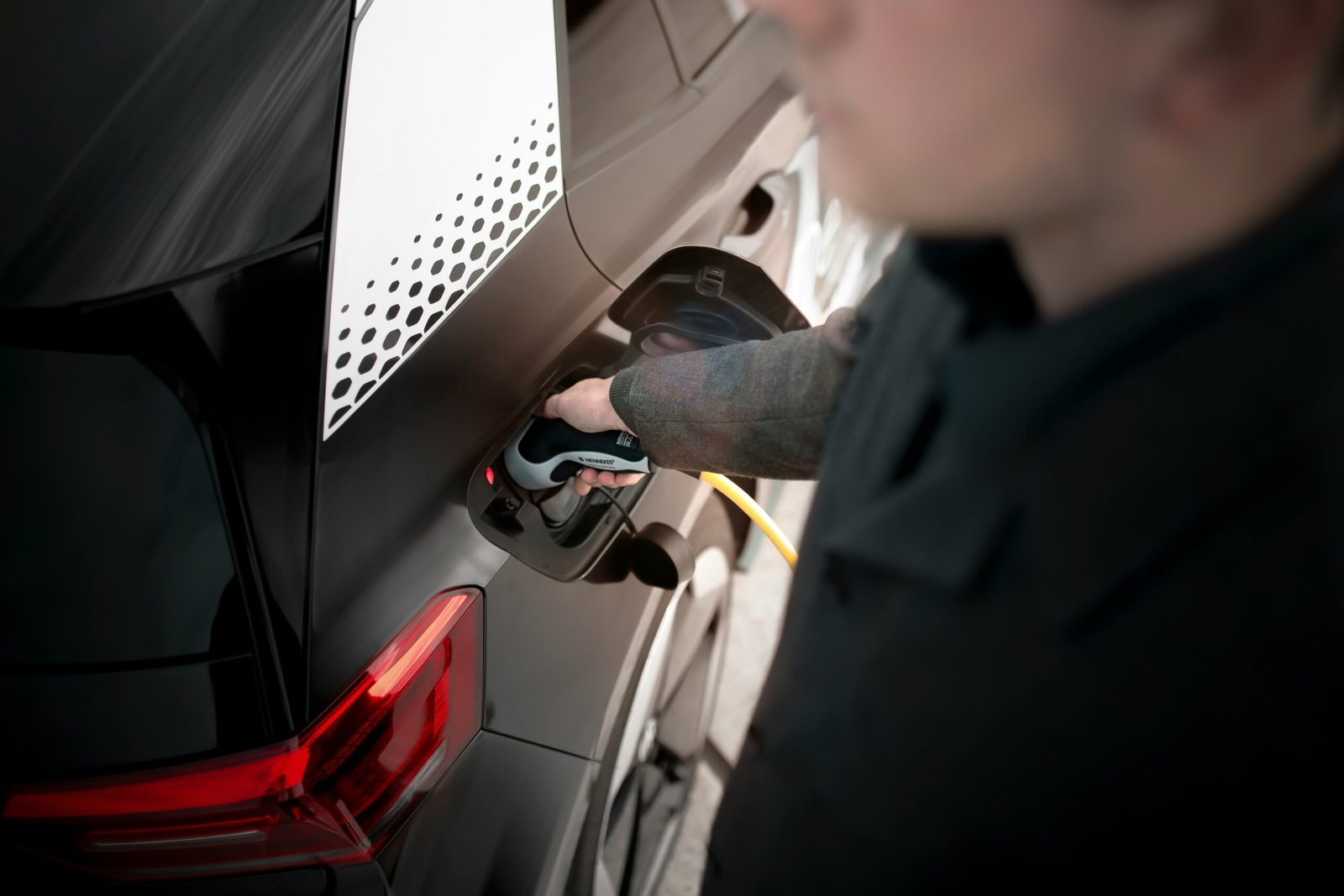Defensive Driving: How to Avoid Accidents and Stay Safe on the Road
Driving is a crucial part of daily life for many people around the world. However, it also comes with significant risks. Every day, accidents happen due to negligence, distractions, or poor driving decisions. Defensive driving is a technique that helps reduce the likelihood of accidents by encouraging drivers to stay aware, anticipate hazards, and respond appropriately. In this article, we will explore the concept of defensive driving in detail, breaking down essential tips and strategies that can help you avoid accidents and stay safe on the road.
What is Defensive Driving?
Defensive driving is a set of driving skills and techniques that go beyond basic driving instructions. It involves anticipating potential hazards and being proactive in your driving approach. Instead of just reacting to what happens on the road, defensive drivers focus on preventing accidents by staying alert, maintaining safe driving distances, and being prepared to handle unexpected situations.
The Importance of Defensive Driving
The ultimate goal of defensive driving is to avoid collisions and reduce the severity of accidents if they do occur. It’s important not only for the safety of the driver but also for passengers, pedestrians, and other road users. Defensive driving techniques can save lives, minimize injuries, and reduce financial costs associated with vehicle repairs, legal issues, and medical treatments.
Defensive driving also contributes to more efficient traffic flow by reducing aggressive driving and the likelihood of accidents that cause delays and congestion. Learning to drive defensively creates a safer environment for everyone on the road.
Key Elements of Defensive Driving
To effectively drive defensively, drivers must focus on the following principles:
- Awareness: Knowing what’s happening around you at all times.
- Preparedness: Being ready to respond to unpredictable events.
- Control: Managing your vehicle’s speed, direction, and position on the road.
- Judgment: Making safe decisions based on current driving conditions.
Awareness: The Foundation of Defensive Driving
One of the most important aspects of defensive driving is staying aware of your surroundings. This means constantly observing other vehicles, pedestrians, cyclists, and road conditions. Being aware also involves understanding the limitations of your vehicle, such as braking distance and blind spots.
Situational Awareness
Situational awareness is a key skill for any defensive driver. It involves knowing what is happening not only directly in front of you but also to the sides and behind your vehicle. Checking your mirrors regularly, scanning the road ahead for potential hazards, and staying alert to changes in traffic patterns are all part of situational awareness.
When driving, avoid tunnel vision, where you only focus on the car ahead of you. Defensive driving requires paying attention to everything happening in your environment. This includes keeping an eye on pedestrians who may suddenly cross the road, cyclists weaving through traffic, and other drivers who may not be paying attention.
Blind Spots
Every vehicle has blind spots, areas around the car that are not visible through the rearview or side mirrors. Before changing lanes or merging, always check your blind spots by briefly looking over your shoulder. Failure to check blind spots is a common cause of side-swipe accidents, especially on highways.
Road Conditions
Being aware of road conditions is critical. Wet roads, icy surfaces, or roads with debris can drastically affect your vehicle’s handling and stopping distance. Defensive drivers adjust their speed and following distance based on the condition of the road.
Weather Awareness
Weather conditions play a major role in driving safety. Rain, snow, fog, and even bright sunlight can impair visibility and make roads slippery. Defensive drivers monitor the weather and adjust their driving habits accordingly, such as reducing speed, increasing following distance, and using headlights or windshield wipers when necessary.
Preparedness: Anticipating Potential Hazards
Preparedness in defensive driving means anticipating the actions of other road users and being ready to respond to potential hazards. A key strategy for preparedness is using the “what if?” mindset. Constantly asking yourself what might happen next helps you stay ready to act in case of sudden changes.
Keeping a Safe Following Distance
One of the most critical aspects of preparedness is maintaining a safe following distance. The general rule of thumb is the “three-second rule.” When the car in front of you passes a fixed object (such as a sign or tree), count three seconds. If you pass the same object before you finish counting, you’re too close. In poor weather or low visibility conditions, increase this to five or six seconds to give yourself more time to react.
Tailgating, or following too closely behind another vehicle, is dangerous because it limits the time you have to react to sudden stops. Rear-end collisions are one of the most common types of accidents and can often be avoided by maintaining a proper following distance.
Anticipating the Actions of Other Drivers
Defensive drivers don’t assume that other drivers will always follow the rules of the road. By expecting the unexpected, you can better react to potential hazards. For instance, if you’re approaching an intersection and notice another driver at a stop sign, assume they might pull out in front of you, even if they shouldn’t. This mindset helps you stay prepared for sudden movements or mistakes made by others.
Defensive Driving in Heavy Traffic
In heavy traffic, patience and alertness are key. Drivers are often in a rush, leading to aggressive driving behaviors such as cutting others off or frequent lane changes. To stay safe, avoid getting frustrated, and give yourself plenty of space. Additionally, always use your signals when changing lanes, and watch for sudden braking by the vehicles ahead of you.
Dealing with Aggressive Drivers
Encountering aggressive drivers is a common occurrence. It’s important to remain calm and avoid engaging with them. Defensive drivers know that retaliating or responding aggressively can escalate the situation. Instead, if someone tailgates you or tries to cut you off, simply let them pass. Stay out of their way, and focus on your own safety.
Control: Managing Your Vehicle and Speed
Controlling your vehicle properly is a crucial aspect of defensive driving. This includes knowing your vehicle’s capabilities, maintaining control in various driving conditions, and adjusting your speed according to the road and traffic conditions.
Speed Management
Speeding is one of the leading causes of accidents. Defensive drivers understand that speed limits are set for a reason, and exceeding them reduces reaction time and increases stopping distance. Always drive within the speed limit and adjust your speed for conditions like bad weather, poor road surfaces, or heavy traffic.
Remember, the faster you drive, the less time you have to react to sudden hazards. In defensive driving, it’s better to arrive a few minutes late than risk an accident by speeding.
Proper Braking Techniques
Braking too suddenly can cause loss of control, especially in wet or icy conditions. Defensive drivers use smooth and controlled braking to maintain control over their vehicle. Anticipating stops and gently applying pressure to the brakes can help avoid skidding or rear-end collisions.
In emergencies, if your vehicle is equipped with anti-lock brakes (ABS), apply steady pressure to the brake pedal without pumping. The ABS system will prevent the wheels from locking up, allowing you to maintain steering control. If your vehicle doesn’t have ABS, practice threshold braking – applying maximum brake pressure without locking the wheels.
Maintaining Control on Curves and Turns
Defensive driving requires extra caution when approaching curves and turns. Many accidents occur when drivers enter a curve too fast, causing them to lose control and skid off the road. To avoid this, slow down before entering a curve, and avoid braking or accelerating sharply while in the turn. Maintain a steady speed and keep both hands on the wheel for maximum control.
Judgment: Making Safe Decisions on the Road
Good judgment is essential for defensive driving. This means recognizing dangerous situations, knowing when to slow down, and understanding when it’s better to let another driver go ahead rather than insisting on your right of way.
Yielding the Right of Way
The rules of the road are designed to keep traffic flowing smoothly and safely. However, not all drivers follow these rules. Defensive drivers prioritize safety over asserting their right of way. For example, if another vehicle is aggressively pushing into your lane, it’s safer to let them go rather than risk a collision by holding your ground.
Judging Safe Passing and Overtaking
When overtaking another vehicle, defensive drivers make sure they have plenty of time and space to do so safely. This means not just considering the speed and position of the car you’re passing, but also the road ahead. Avoid overtaking on hills, curves, or in areas with limited visibility. Always use your indicators to signal your intentions, and make sure you can see the entire front of the vehicle you’ve passed in your rearview mirror before pulling back into the lane.
Avoiding Distractions
Distractions are one of the leading causes of accidents. Defensive drivers minimize distractions by focusing entirely on the task of driving. This means no texting, eating, or adjusting the radio while the vehicle is in motion. If you need to attend to something, pull over safely before doing so. Defensive driving is about giving 100% of your attention to the road.
Defensive Driving in Different Environments
Different driving environments present unique challenges. Defensive drivers adapt their approach based on the specific risks they might face in urban, rural, or highway settings.
Defensive Driving in Urban Areas
Urban areas often have heavy traffic, frequent intersections, pedestrians, and cyclists. Defensive driving in cities involves staying alert for sudden stops, watching for pedestrians jaywalking, and being prepared for frequent traffic lights and stop signs. Keeping a safe following distance and anticipating the actions of other road users is crucial in such environments.
Defensive Driving on Highways
Highways have higher speed limits, which means you need to be more aware of your surroundings and give yourself extra time to react to potential hazards. Defensive drivers on highways should always keep a safe distance from other vehicles, avoid blind spots, and signal well in advance when changing lanes. Merging onto the highway requires extra caution, as you need to match the speed
of traffic while being aware of vehicles in your blind spots.
Defensive Driving in Rural Areas
Driving in rural areas presents unique challenges, such as narrow roads, sudden changes in terrain, and the possibility of encountering livestock. Defensive drivers in these settings should remain vigilant, especially on unpaved roads or during adverse weather conditions. Adjust your speed to account for potential hazards, and be prepared to stop suddenly for animals crossing the road.
Defensive Driving Training
Many organizations and driving schools offer defensive driving courses to help drivers develop these essential skills. These courses often include both classroom instruction and practical driving exercises. Completing a defensive driving course can provide several benefits:
Insurance Discounts
Many insurance companies offer discounts to drivers who complete a defensive driving course. These discounts can help reduce your premium and encourage safer driving practices.
Improved Driving Skills
Defensive driving courses can significantly enhance your driving skills, making you a safer and more confident driver. Learning from professionals and practicing in various scenarios helps reinforce the importance of defensive driving techniques.
Legal Benefits
In some cases, taking a defensive driving course can help reduce points on your driving record or dismiss certain traffic violations. Check with your local regulations to see if this is an option available to you.
Conclusion
Defensive driving is an essential skill for anyone who operates a vehicle. By focusing on awareness, preparedness, control, and judgment, drivers can significantly reduce their risk of accidents and create a safer driving environment for everyone. Whether you’re navigating urban streets, rural roads, or busy highways, the principles of defensive driving can help you stay safe on the road.
Investing time in learning and practicing defensive driving techniques not only protects you and your passengers but also contributes to the overall safety of the community. Remember, driving is a responsibility that requires continuous attention and a commitment to safety. By adopting a defensive driving mindset, you can enjoy your time on the road while minimizing risks and enhancing your overall driving experience.



جميل جداً
جميل جدا 🩶
Good, it’s the best, I hope you like it
good
Good